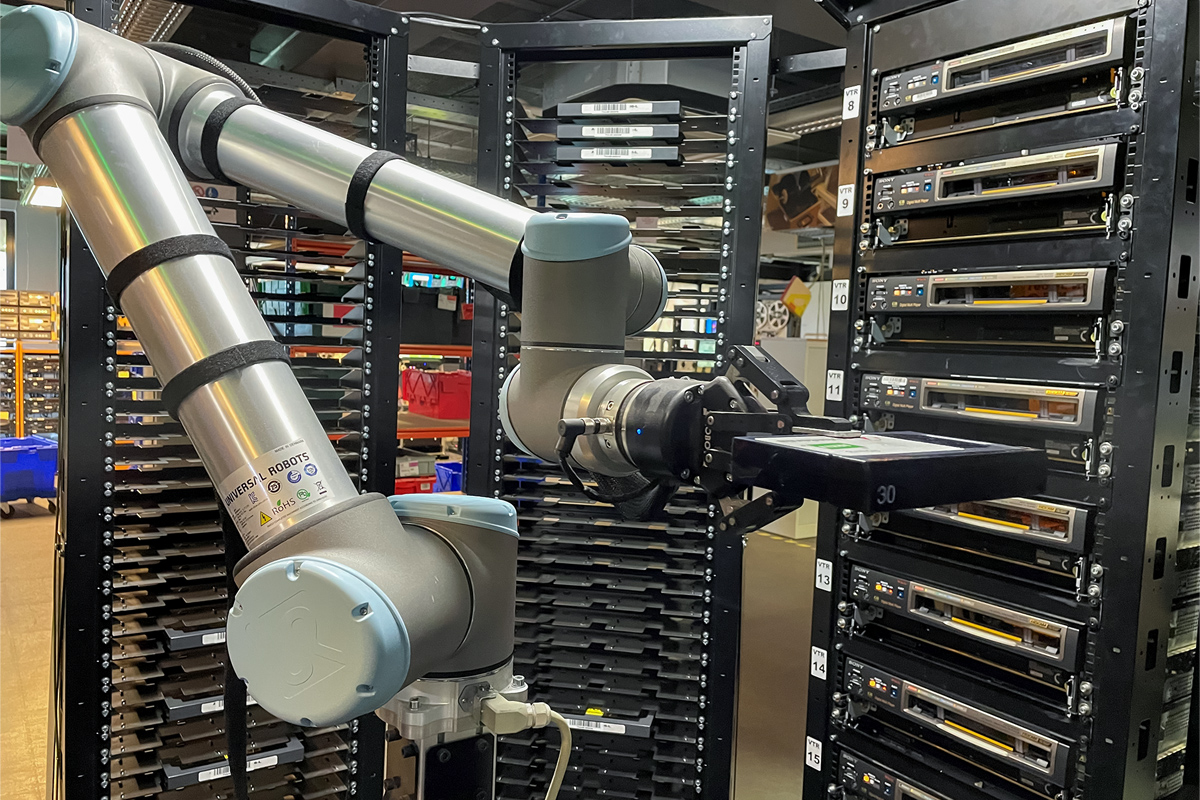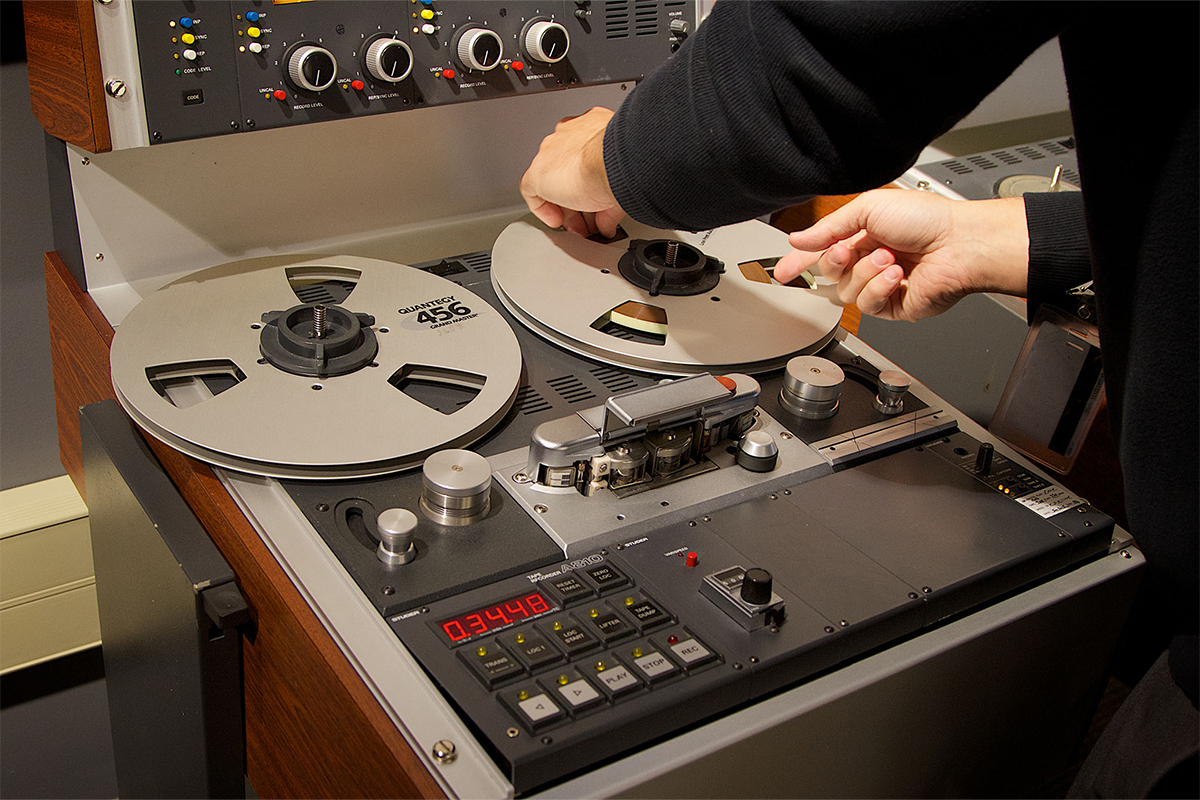Preserving archives. Servicing content. Creating new opportunities.
emnon is the leading name in library migration for legacy content archives, enabling storytelling through partnerships with content custodians and media and entertainment organisations around the world.
We provide broadcasters, production companies and cultural institutions with the technical expertise they need to preserve, manage and realise the full value of media content.
“Whether ingesting content kept on tape, migrating it into an asset management system or getting it ready for streaming, Memnon provides our clients with the assurance that their most valuable assets are being treated with the care and professionalism they deserve.”
HEIDI SHAKESPEARE
MEMNON CEO
Library Migration
Multimedia formats degrade and become unstable, while legacy technologies such as VTRs are becoming increasingly difficult to source and maintain. So we need to make sure content isn’t lost to new audiences and future generations.
The priority given to library migration and preserving media may vary from sector to sector. But the urgency to protect content before it’s too late is only increasing. Many public sector and cultural institutions consider it an absolute priority, whereas some broadcasters and media and entertainment organisations might see it as a problem for the future. But at the same time, M&E brands and content owners are expected to be able to draw value from their content libraries.
Memnon exists to meet all of these needs and provide customers with the ability to preserve, protect and manage media content – as well as realise its full value, whether that’s as an irreplaceable cultural record or a revenue-generating commercial asset.
Memnon enables some of the world’s most recognisable broadcasters, production companies and cultural institutions to make the most of their media. Built on technical expertise and industry knowledge and with a global approach, we solve a wide range of business challenges thrown up by library migration projects through our ability to innovate and deliver technology-driven solutions.
To date, we have digitized over 4 million hours of audio, video & film recordings.
Content Services
Getting your archive into a preserved, file-based format may be the end of your content journey – or it may be just the beginning. At Memnon we are adept at delivering a full range of content services that allow you to make the most of your valuable assets.
We enable media and entertainment organisations to realise the full value of their media content, whether for broadcasters, production companies, movie studios or content distributors. Our in-depth technical and industry knowledge allows us to innovate and deliver technology-driven solutions to you, making it easier for you to redistribute and resell your media.
Our content services include:
Content Preparation
- Tape Ingest
- Transcoding
- Editing
- Standards Conversion
- Quality Control
Content Management & Delivery
- Asset Hosting
- VOD
- Subtitling Services
- Metadata Services
- Distribution
Business Services
- Onboarding
- Workflow Support
- Post Production Facilities
Latest News
Events
Meet Our Team
Across our global locations, we’ve carefully assembled a team of experts in their field. They share your passion for content, its preservation and its value to you. Meet some of our organisation’s leaders, below.
Contact Us
Our Facilities
Do you have a project we can help with?
EMEA
3b avenue du Four à Briques
1140 Brussels
Belgium
+32 2 643 47 77
UK
Unit 15, Youngs Industrial Estate
Stanbridge Road
Leighton Buzzard
LU7 4QB
UK
+44 (0)1525 450 001
AMERICAS
1180 S. Liberty Drive, Suite 360
Bloomington
IN 47403
USA
+1 (812) 269 5886
NEW ZEALAND & APAC
Avalon Film & Television Studios
41 Percy Cameron Street
Lower Hutt 5011
Wellington
New Zealand
+64 4 909 0363













